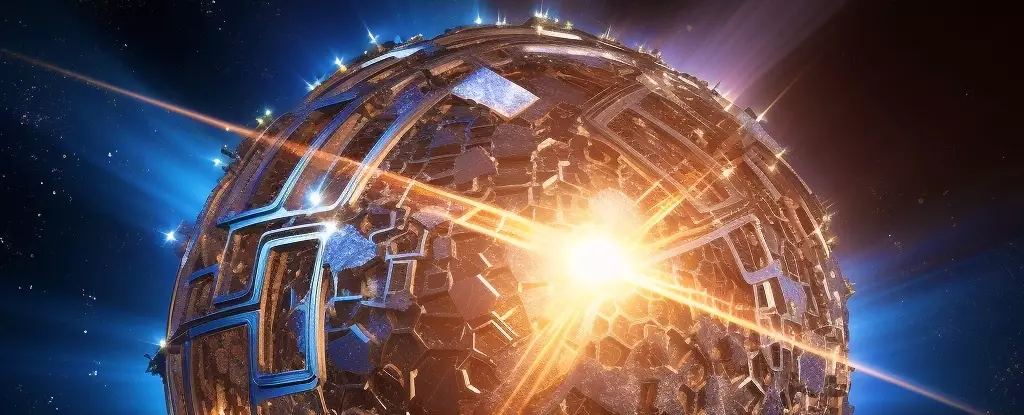The search for extraterrestrial civilizations has always been a fascinating subject for scientists and enthusiasts alike. The idea of detecting other civilizations beyond our solar system, especially those capable of building Dyson spheres, captures the imagination. These megastructures, theorized by advanced civilizations, would allow them to harness the energy of an entire star. The concept of Dyson spheres is deeply intriguing, but the search for these technosignatures is fraught with challenges and uncertainties.
Project Hephaistos, led by a team of researchers from Sweden, India, the UK, and the USA, aims to detect Dyson sphere technosignatures hidden within astronomical data. By analyzing data from Gaia, 2MASS, and WISE surveys, the researchers identified potential Dyson spheres by looking for excess infrared radiation emitted by partially completed structures. The data analysis was extensive, involving a specialized pipeline to filter out false positives from natural sources like circumstellar dust rings and nebulae.
One of the main challenges faced by the researchers is distinguishing between artificial and natural sources of excess infrared radiation. Background galaxies and debris disks around stars can also emit similar signatures, complicating the identification process. The team meticulously filtered out unlikely candidates based on factors like H-alpha emissions, optical variability, and astrometry. After rigorous scrutiny, only seven potential Dyson spheres emerged from the initial 5 million objects.
Despite the confidence of the researchers in the legitimacy of the seven candidates, lingering uncertainties remain. The presence of warm debris disks around M-type stars could explain the excess infrared radiation, but the rarity of such disks around M-dwarfs raises questions. The researchers ponder whether the candidates are enigmatic young stars, harbor unusual debris disks, or possess characteristics yet to be understood. Follow-up optical spectroscopy is deemed essential to unraveling the true nature of these mysterious sources.
As the quest for Dyson spheres continues, the researchers emphasize the need for further analyses and observations to confirm the existence of these potential megastructures. The tantalizing possibility of detecting technologically advanced civilizations beyond our solar system drives the pursuit of projects like Hephaistos. The allure of uncovering evidence of extraterrestrial intelligence pushes the boundaries of scientific exploration and fuels our curiosity about the mysteries of the cosmos.
The search for Dyson spheres represents a journey into the unknown, where scientific inquiry intersects with the realm of possibility and speculation. While the seven candidates identified by Project Hephaistos offer a glimmer of hope in the vast expanse of the universe, the pursuit of understanding their true nature serves as a reminder of the boundless potential for discovery. The quest for technosignatures continues, beckoning us to explore new frontiers and contemplate the profound implications of detecting advanced civilizations beyond our own.


Leave a Reply